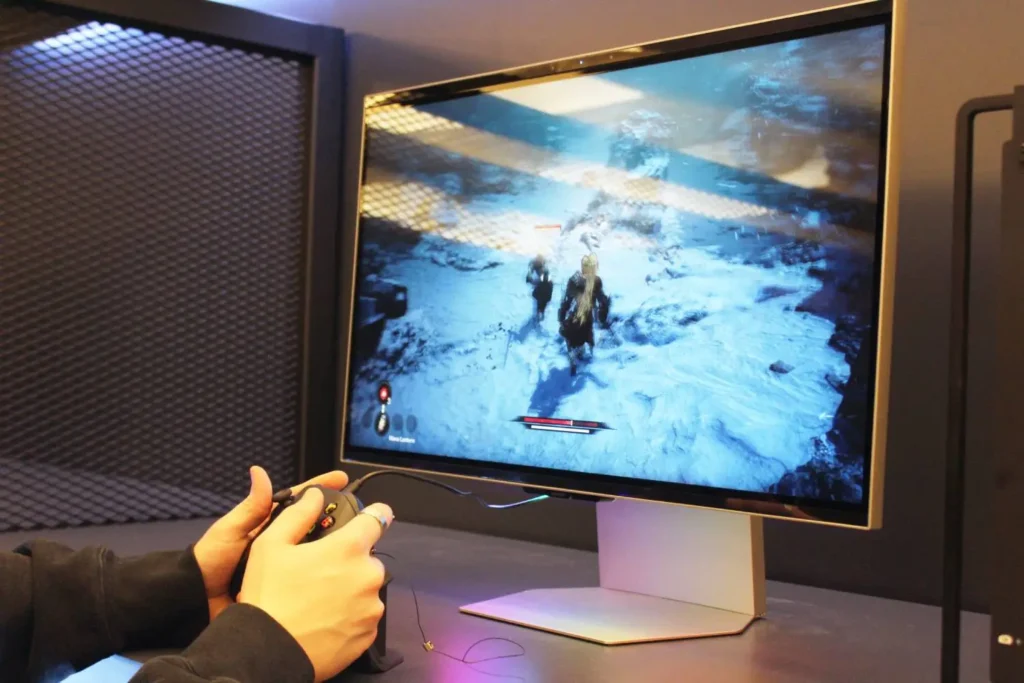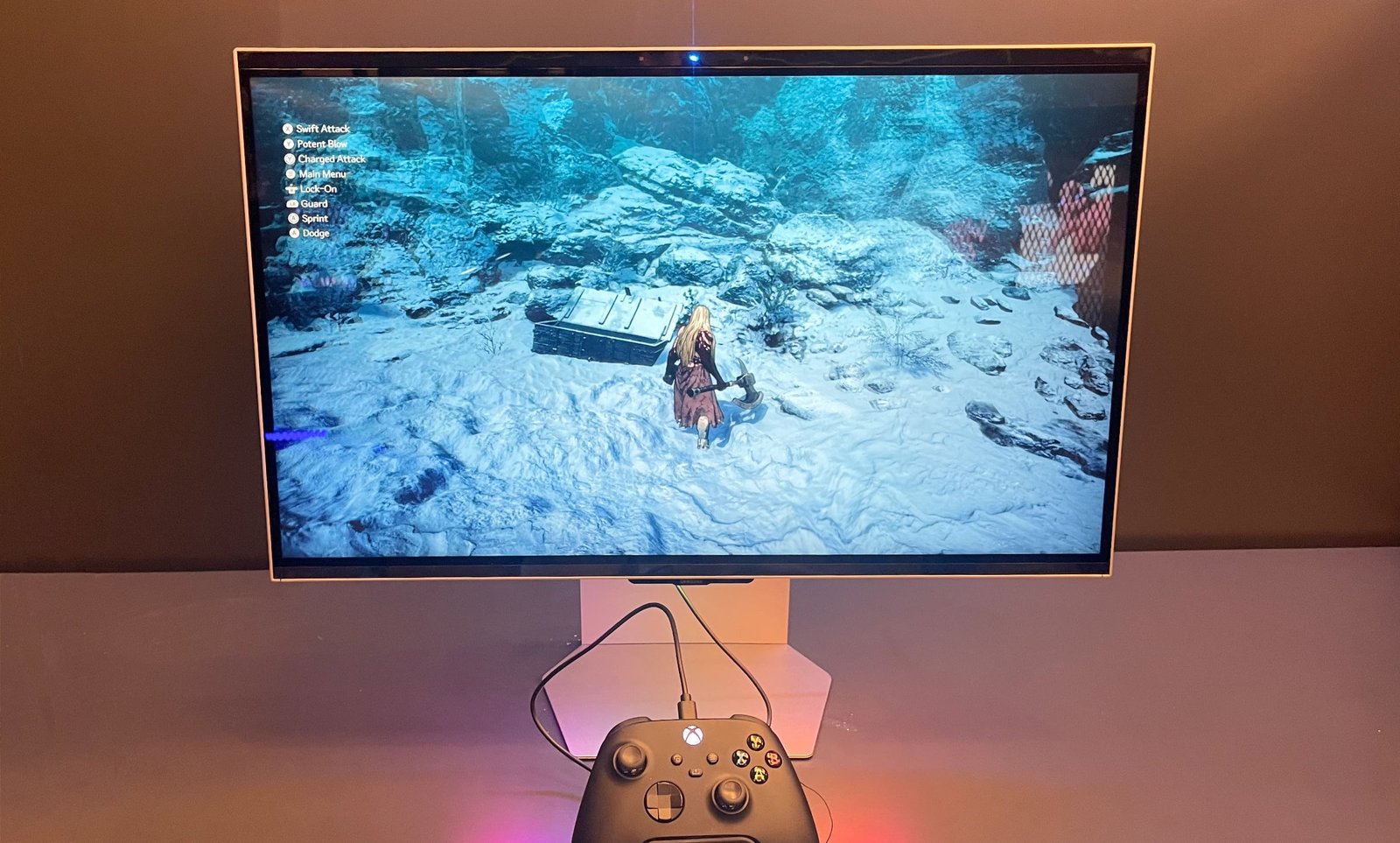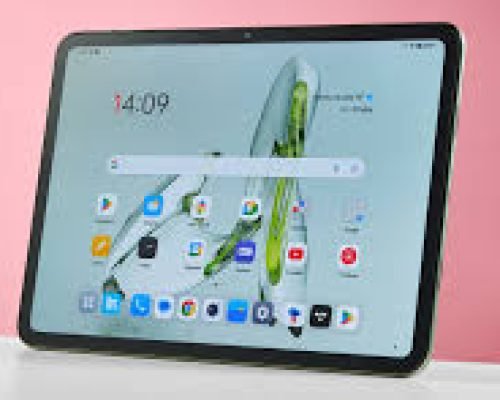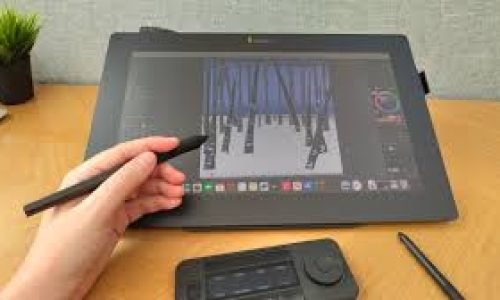In the ever-evolving landscape of display technology, one of the most intriguing and futuristic innovations gaining momentum in 2025 is the rise of glasses-free 3D displays, also known as autostereoscopic displays. These next-generation screens are transforming the user experience by enabling 3D visuals without the need for special eyewear—a development that has major implications for entertainment, gaming, and professional content creation.

What Are Glasses-Free 3D Displays?
Unlike traditional 3D systems that require passive or active glasses to create depth perception, glasses-free 3D displays use optical techniques such as parallax barriers or lenticular lenses. These technologies manipulate light to send different images to each eye, creating a stereoscopic 3D effect. The result is a multi-dimensional experience that feels natural and immersive, all without the inconvenience or discomfort of wearing 3D glasses.
Why Now? What’s Driving the Trend?
While glasses-free 3D technology has been around for years in a limited form—perhaps most famously in the Nintendo 3DS—the current generation of displays is a massive leap forward. This progress is due to advancements in processing power, eye-tracking technology, high refresh rate displays, and 4K+ resolution screens.
Companies like Asus, Acer, and Lenovo are leading the charge in this space. At CES 2025, several of these manufacturers showcased laptops and monitors with glasses-free 3D capabilities that work seamlessly, even as the user shifts their viewing angle or moves around. These dynamic displays use real-time face tracking and AI algorithms to adjust the 3D rendering based on the user’s position, enhancing clarity and maintaining the illusion of depth.
A New Playground for Gamers
For gamers, glasses-free 3D displays represent a quantum leap in immersion. Depth perception in gaming allows for more realistic environments, improved spatial awareness, and new gameplay mechanics that can only be appreciated in three dimensions. First-person shooters, racing simulators, and open-world adventure games benefit particularly from the sense of “being there” that 3D can provide.
What makes this development even more compelling is that the 3D visuals are no longer locked behind proprietary glasses or expensive VR setups. This democratization of 3D opens up the potential for mainstream adoption in gaming laptops and even some high-end monitors.
A Creative Canvas for Content Makers
Content creators—especially those working in design, animation, architecture, and video production—stand to gain immensely from glasses-free 3D technology. Designers can manipulate 3D models with greater precision, animators can preview scenes in three dimensions without toggling between views, and video editors can see spatial compositions in real time.
Software companies are also starting to adapt, with tools from Adobe, Blender, and Autodesk introducing 3D preview modes optimized for autostereoscopic screens. This integration into the creative workflow marks a significant step forward, turning these displays from novel gadgets into practical professional tools.
Challenges and Considerations
Despite the excitement, glasses-free 3D displays are not without challenges. The technology is currently limited by viewing angles, and the optimal 3D effect often depends on a precise alignment between the user’s eyes and the display. Extended use may cause eye fatigue for some, and the price of these devices is still higher than traditional counterparts.
However, just like any emerging tech, prices are expected to fall, and functionality is likely to improve with each iteration. As manufacturers refine the technology and software ecosystems catch up, we can expect broader adoption across both consumer and professional markets.
The Future Is in 3D
As glasses-free 3D displays continue to mature, they could redefine how we interact with digital content. What was once a gimmick has now evolved into a compelling, immersive, and increasingly accessible feature. Whether you’re a gamer chasing deeper immersion or a creator seeking new dimensions for your work, the era of autostereoscopic displays is here—and it’s just getting started.













